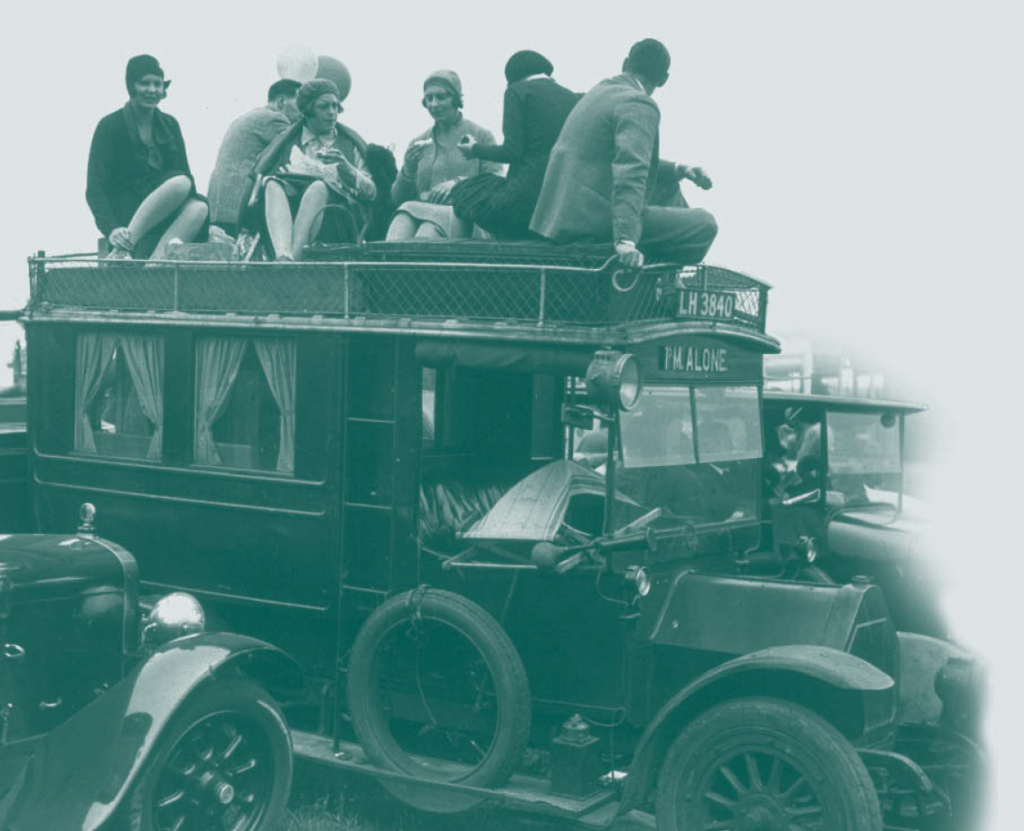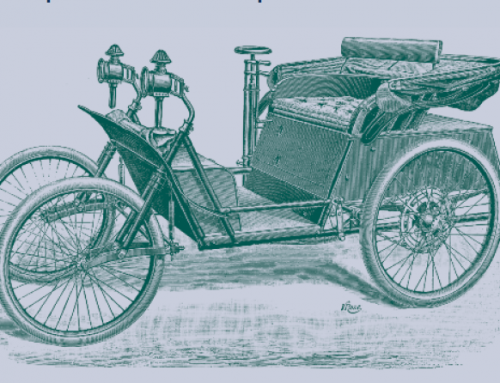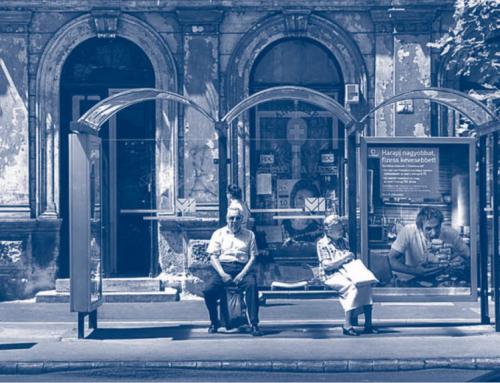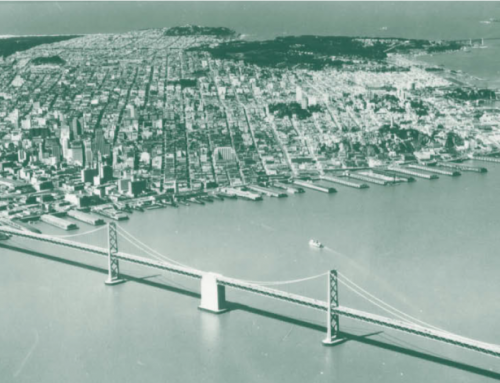Most cars can carry at least four passengers, but the average auto occupancy rate for all trips in the US is only 1.6 persons. Because all the empty seats in cars represent our greatest source of untapped transportation capacity, promoting ridesharing is of considerable interest. Government agencies across the country employ ridesharing programs both to provide transportation at low cost and to reduce traffic congestion and the other costs of solo driving.
The rigidity of conventional ridesharing arrangements, which generally require fixed travel times, presents a barrier to many people. But developments in computing and communications, however, now allow drivers and potential passengers to match up with little advance planning and no long-term commitments. Local governments, private companies, and nonprofit organizations alike have been pursuing this “dynamic ridesharing” strategy. Participants in these programs use cell phones or computer messaging to match up “on the fly” or up to several days in advance. Travelers submit a ride offer or request and a ridematching service automatically scans its database to identify other offers and requests for trips with similar origins, destinations, and arrival times. If a satisfactory match exists, the service notifies the driver and rider(s) so they can confirm the trip plans.
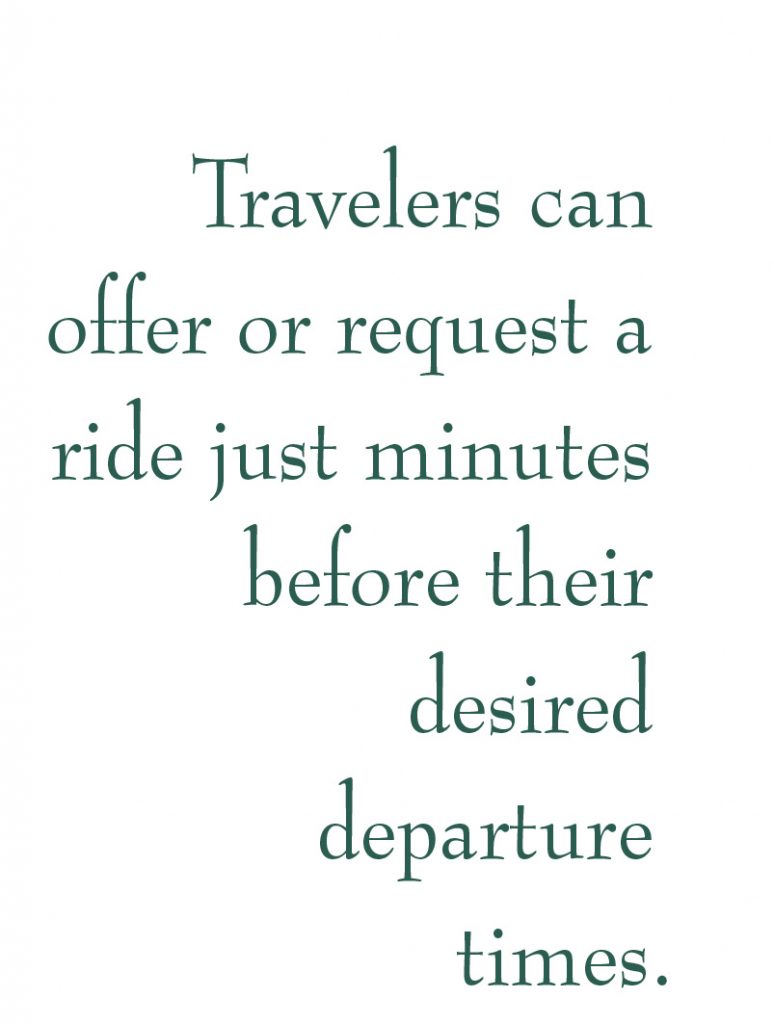 Dynamic ridesharing offers carpoolers considerably more flexibility than conventional programs. Travelers can offer or request rides just minutes before their desired departure times, or make scheduled appointments for one-time, one-way trips. This flexibility eliminates the need to commit in advance to a fixed schedule or to travel with particular individuals on an ongoing basis. Travelers who want a ride, or are willing to offer one, need only send an electronic message by phone or computer to a web-based data service, which will provide an instant match based on availability. Recent advances in GPS technology assist drivers and passengers in finding each other during pickups. With some applications there is no charge for riders and no compensation offered to drivers, whereas with others the service compensates the driver using financial information provided by the participants.
Dynamic ridesharing offers carpoolers considerably more flexibility than conventional programs. Travelers can offer or request rides just minutes before their desired departure times, or make scheduled appointments for one-time, one-way trips. This flexibility eliminates the need to commit in advance to a fixed schedule or to travel with particular individuals on an ongoing basis. Travelers who want a ride, or are willing to offer one, need only send an electronic message by phone or computer to a web-based data service, which will provide an instant match based on availability. Recent advances in GPS technology assist drivers and passengers in finding each other during pickups. With some applications there is no charge for riders and no compensation offered to drivers, whereas with others the service compensates the driver using financial information provided by the participants.
At the same time, dynamic ridesharing has weaknesses. Drawbacks include concerns about the safety and security of anonymous matching, as well as problems with stranding riders if they cannot find a match for the return trip. Additionally, program costs and financing, as well as overall program business models, must be considered. Costs include start-up and ongoing operations and staffing, marketing, incentives to participants, software and hardware for rideshare matching, and program monitoring and evaluation. Finally, there are concerns that dynamic ridesharing might pull drivers away from transit and non-motorized modes and into cars, a mode shift that might benefit program users but not the broader community.
Registering drivers and passengers, and verifying insurance and driving records, can reduce safety concerns. Marketing the services only in high-demand areas, providing extra incentives to offer rides home, or offering a guaranteed ride home either on transit or by taxi can address the problem of stranded riders. Despite these potential solutions, however, the record of dynamic ridesharing to this point has been mixed. Early programs in the 1990s were unsuccessful, but more recent programs in the Minneapolis-St. Paul area and the San Francisco Bay Area had better results. To try to determine whether and how this success can be replicated, our team at the University of California at Berkeley recently conducted a feasibility study to assess the potential for a dynamic ridesharing program in Berkeley.
Setting the Context
The study focused on commuters to UC Berkeley’s central campus and to downtown Berkeley, a ridesharing market that includes over 30,000 workers and 40,000 students in an area of about two square miles. After reviewing lessons learned from previous trials of dynamic ridesharing, we carried out a statistical and geographic analysis of the downtown Berkeley travel market, including the university campus. We also held a series of focus group discussions with area commuters and surveyed potential users on their current travel choices and preferences, their interest in dynamic ridesharing, their views of a variety of program options and incentives, and their potential use of a dynamic ridesharing program.
Downtown Berkeley’s carpooling mode share for work trips is 5 percent, about half that of the Bay Area as a whole, but this low number is due to the attractiveness of alternative modes. The area has unusually high rates of walking, biking, and transit use, which push down both the drive-alone and carpool shares. Only about 12,000 commuters (less than 20 percent of the market) drive alone on a regular basis. One noteworthy factor keeping auto travel down is that parking is quite expensive, which in turn makes dynamic ridesharing more attractive than solo driving.
Another important factor for our study is that while workers in downtown Berkeley, and UC Berkeley faculty and staff, tend to travel during the morning and afternoon travel peaks, students travel in less predictable patterns that are distributed more evenly across the day, which makes scheduling ridesharing more difficult.
Feedback from Travelers
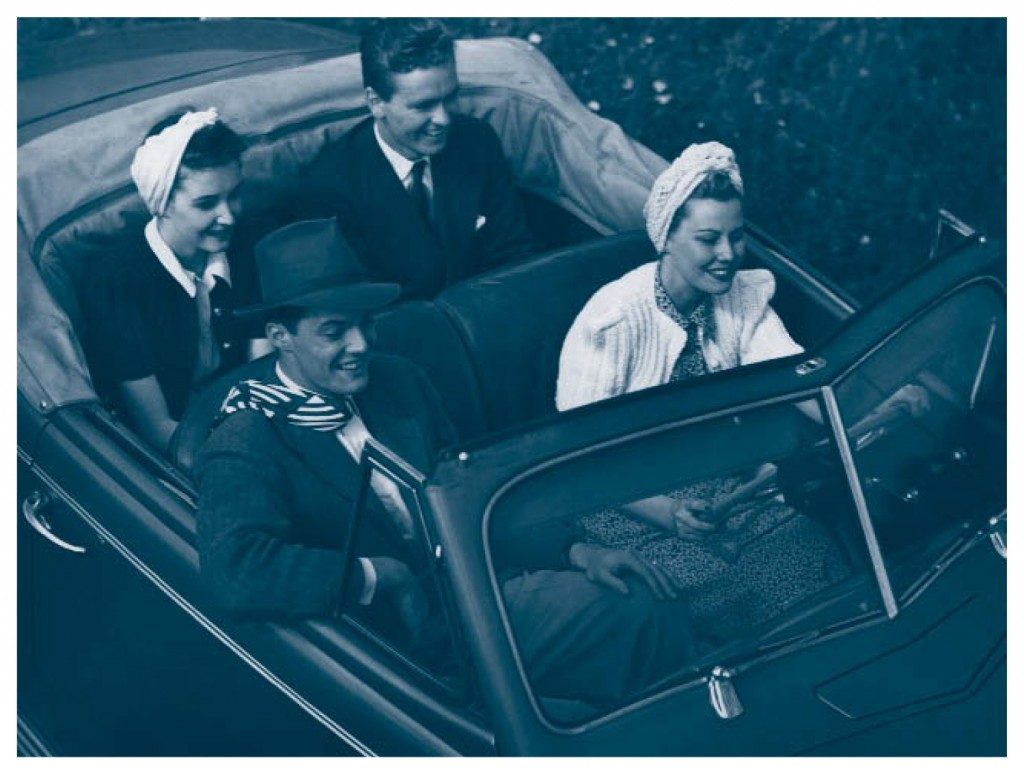 To better understand how commuters would respond to dynamic ridesharing, we organized seven focus groups of nearly 60 regular downtown and campus commuters. We also used the focus-group findings to design a survey that we administered both on campus and downtown. The 444 survey respondents were evenly distributed between graduate students, UC employees, and downtown Berkeley employees.
To better understand how commuters would respond to dynamic ridesharing, we organized seven focus groups of nearly 60 regular downtown and campus commuters. We also used the focus-group findings to design a survey that we administered both on campus and downtown. The 444 survey respondents were evenly distributed between graduate students, UC employees, and downtown Berkeley employees.
Only a handful of the focus group participants had heard of dynamic ridesharing, though more knew about organized and casual carpooling. When told of the program’s characteristics, the current carpoolers in the survey and focus groups reported they were the most likely to try, and regularly use, a dynamic ridesharing service. Drive-alone commuters in many cases indicated a willingness to use a dynamic ridesharing service, particularly if it was easy to arrange, and they did not have to commit to traveling home with the same person(s). Some commuters said they would be willing to offer rides every day; many said they would likely use the service occasionally (a few times a month).
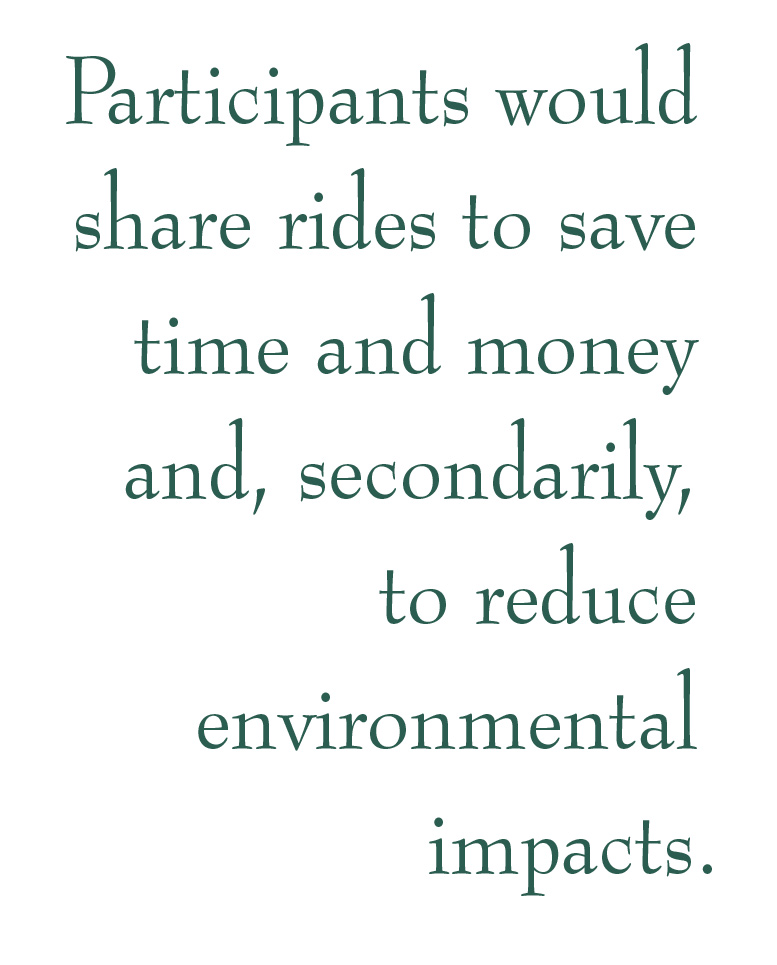 Auto commuters expressed more interest in trying or using dynamic ridesharing than those who use transit or non-motorized modes such as bicycling and walking. However, many transit riders said they would use dynamic ridesharing if it proved to be cheaper than rail service (BART) and more reliable than bus transit. In contrast, most pedestrians and cyclists were satisfied with their commutes and not inclined to switch to carpooling, due to the short duration of most walking and biking trips. The extra trip time added by ridesharing would constitute a major addition to overall travel time. Even those with longer trips did not want to wait or divert from their route by more than a few minutes.
Auto commuters expressed more interest in trying or using dynamic ridesharing than those who use transit or non-motorized modes such as bicycling and walking. However, many transit riders said they would use dynamic ridesharing if it proved to be cheaper than rail service (BART) and more reliable than bus transit. In contrast, most pedestrians and cyclists were satisfied with their commutes and not inclined to switch to carpooling, due to the short duration of most walking and biking trips. The extra trip time added by ridesharing would constitute a major addition to overall travel time. Even those with longer trips did not want to wait or divert from their route by more than a few minutes.
For commute trips, travelers reported they would prefer to use dynamic rideshare matching to schedule ride offers and requests in advance of their desired travel date and time, or to place standing requests for a rideshare partner at regular times each week. They were concerned that “last minute” offers and requests would create unwanted obligations or would simply not work. For the most part, they were more interested in the ability to find matches on a part-time or occasional basis than in doing so instantly.
Why Rideshare?
Prospective participants said they would share rides primarily to save time and money and, secondarily, to reduce the environmental impacts of driving. To save time, most would prefer a service that matches riders and drivers automatically, based on stated criteria, rather than one that gives the participant a list of contacts and expects them to follow up. Some were also interested in participating to find regular carpool partners.
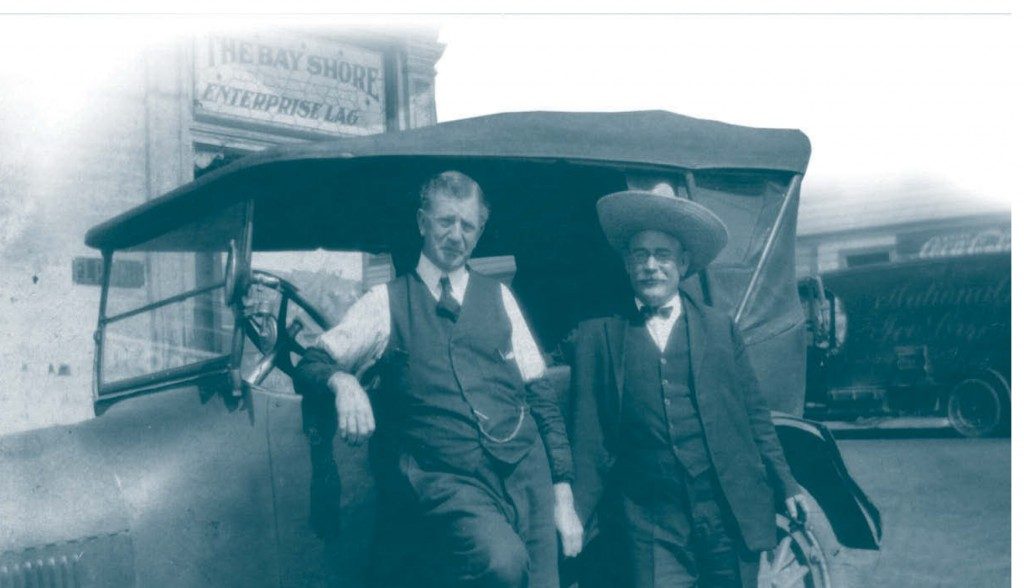 Participants differed on whether or not they would expect a rider to pay for a share of the trip’s cost, including parking. Some saw it as fair and others saw it as a potential hassle. Some prospective riders expressed a willingness to pay the equivalent of a transit fare to share a ride as a passenger, but drivers suggested that the employer or city should provide free or deeply discounted carpool parking to participants, with the number of passengers increasing price discounts. Such a benefit would have a much larger cost impact than sharing gasoline costs or paying the equivalent of a transit fare, since parking on campus or downtown runs from $6 to $15 a day.
Participants differed on whether or not they would expect a rider to pay for a share of the trip’s cost, including parking. Some saw it as fair and others saw it as a potential hassle. Some prospective riders expressed a willingness to pay the equivalent of a transit fare to share a ride as a passenger, but drivers suggested that the employer or city should provide free or deeply discounted carpool parking to participants, with the number of passengers increasing price discounts. Such a benefit would have a much larger cost impact than sharing gasoline costs or paying the equivalent of a transit fare, since parking on campus or downtown runs from $6 to $15 a day.
Some prospective riders expressed a willingness to pay the equivalent of a transit fare to share a ride as a passenger, but drivers suggested that the employer or city should provide free or deeply discounted carpool parking to participants, with the number of passengers increasing price discounts.
The survey also sought to understand why travelers would not use dynamic ridesharing. As noted above, the most frequently cited reason was a concern that their commute trip was “too short for ridesharing to be convenient.” This reason was followed closely by related concerns about the time needed to (1) wait for rides, (2) pick up and drop off passengers, and (3) arrange shared rides.
Some participants were especially concerned that they would not get a ride home, making them anxious and unwilling to use the system regularly. A number of participants said they would be more inclined to use instant ridematching for spontaneous, but discretionary, non-commute trips, partly because they would be less concerned about the timing and occasional delays or missed rides.
Participants less frequently cited safety concerns as an impediment to ridesharing, but some did raise this issue. Most commuters saw a safety and security benefit to having all users register with the ridematching service provider, or the sponsoring organization, prior to arranging rides. Most also preferred anonymous pickup and drop-off points such as parking lots or major intersections, as opposed to home or work addresses.
Commuters also wanted the option of setting their own criteria for rideshare partners, pickup locations, length of wait, and other aspects to enhance their own comfort (for example, some women wanted to ride only with other women.)
To overcome doubts, the study asked participants which incentives might persuade them to rideshare. Respondents most favored free or discounted parking, access to preferred parking lots (including those located nearest to one’s destination), and a guaranteed free ride home by taxi in case of emergency or if a carpool is not available. With favored incentives, stated willingness to use the service one or more days a week rose from about 20 percent of the respondents to about half, and from 30 percent to 70 percent of the drive-alone commuters.
Mapping the Market
To assess the potential market for dynamic ridesharing, we also conducted a geographic analysis of commuter travel using data from recent surveys of UC Berkeley students, faculty and staff. The goal was to determine the number of trips suitable for dynamic ridesharing, if such a service were available. We identified the home location of all solo drivers to the campus who had reported that their preferred alternative to driving alone would be carpooling or a shuttle from remote parking. This group numbered about 1,850 commuters.
The goal was to determine the number of trips suitable for dynamic ridesharing, if such a service were available.
We then simulated whether the driver could find a rideshare match at least 60 percent of the time with no more than 10 additional minutes required to match schedules or to travel for pickup and/or drop-off. We also simulated “matches” to estimate the likelihood that each traveler in our potential participant sample would offer or seek a ride on a particular day, and to determine the time of day of the offer (within a 15-minute time slot). Then, for offers within the same time slot, we used mapping software to estimate the total extra time required to make the match. If a match could be made within the 10-minute extra time limit, we counted it as a potential success. The typical weekday (Tuesday, Wednesday, Thursday) yielded approximately 850 such potential successes with 10 percent fewer successes on Monday and 20 percent fewer on Friday.
Next, for travelers whose commute route passed a park-and-ride lot, which can provide a convenient location for carpool partners to meet, we determined whether matches could occur at the lot with no more than 10 minutes added travel time. The use of the park-and-ride option added approximately 325 additional potential successes to the participant pool.
Using these two methods we estimated that just under 1,200 potential participants lived in locations and traveled at times that would lend themselves to successful dynamic rideshare matches at least 60 percent of the time. Just under 700 of the potential participants were outside of walk, bike, and transit zones, which we defined as areas within two miles of campus, a quarter mile of a high-frequency bus route, or a half mile of a BART station. Such a program could remove several hundred cars a day from the streets and parking facilities in the city and campus core.
The Shared Road Ahead
The Berkeley case has many of the elements that make ridesharing attractive: a major destination, priced and regulated parking (with discounted parking prices for conventional carpool commuters), employers willing to offer ridesharing incentives, and other options for rides home should ridesharing not work for a particular trip. Our research shows that dynamic ridesharing does have potential to attract new rideshare trips and reduce solo driving, even in an area like Berkeley, which has an already high use of collective and non-motorized travel modes.
Despite its potential, however, dynamic ridesharing has issues that may limit its efficacy. First, we find that most who expressed interest in dynamic ridesharing would use it only occasionally. Whether such occasional use would be sufficient to keep commuters coming back to the service remains to be seen.
Second, cost savings are a major incentive for commuters to use the service, but many see cost sharing where passengers pay for a portion of the cost of the trip as inconvenient. Only a demonstration project could determine whether cost sharing is worth the effort.
Third, most users would go only a small distance out of their way or wait a short time in order to obtain or offer a ride. Dynamic ridesharing, therefore, requires a relatively dense area to capture a significant share of the travel market.
Increased ridesharing could undercut transit ridership without reducing transit operating costs unless the mode shift is large enough to allow transit operators to reduce service levels.
Fourth, transit riders are a potential source of many dynamic ridesharing customers. However, there are public policy questions about the advisability of facilitating ridesharing among those who are currently using transit, biking or walking. Increased ridesharing could undercut transit ridership without reducing transit operating costs unless the mode shift is large enough to allow transit operators to reduce service levels. Also, if dynamic ridesharing entices bikers and walkers to become carpoolers, it could increase congestion and pollution; if bikers and walkers are not included, however, the market size for dynamic ridesharing shrinks considerably.
The large range of costs for a dynamic ridesharing program would necessitate public and private institutional support. However, dynamic ridesharing need not be a stand-alone service. Ridesharing programs could, for example, partner with transit agencies to provide interested participants with information about other ways to make the same trip, such as on transit. Combining marketing for dynamic ridesharing with a larger program of travel assistance could reduce the costs of offering it as a travel option. In addition, program costs would be balanced by important social benefits, such as reductions in vehicle-miles traveled, greenhouse gas emissions, auto ownership, out-of-pocket traveler costs, and parking. A rigorous benefit-cost analysis is needed here.
Emerging technologies may make dynamic ridesharing more available even in the absence of government- or employer-sponsored programs. The last several years have seen major advances in cell phone, GPS, social networking and instant communication technologies. Ridematching apps have already appeared for long distance trips, e.g., from Berkeley to LA. New apps for local dynamic ridesharing also are evolving. As these apps mature, the public sector’s role may become simply to facilitate private sector innovation in dynamic ridesharing by providing information on its availability and perhaps providing incentives for its use.
Further Readings
[/fusion_text]

